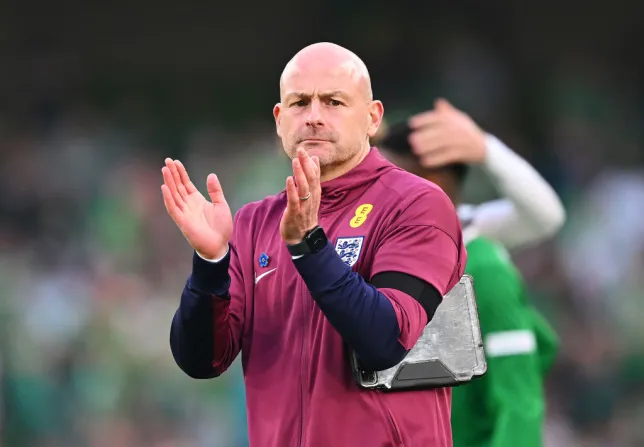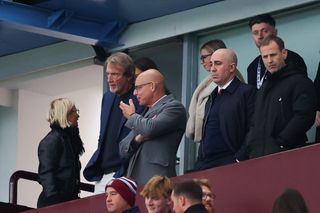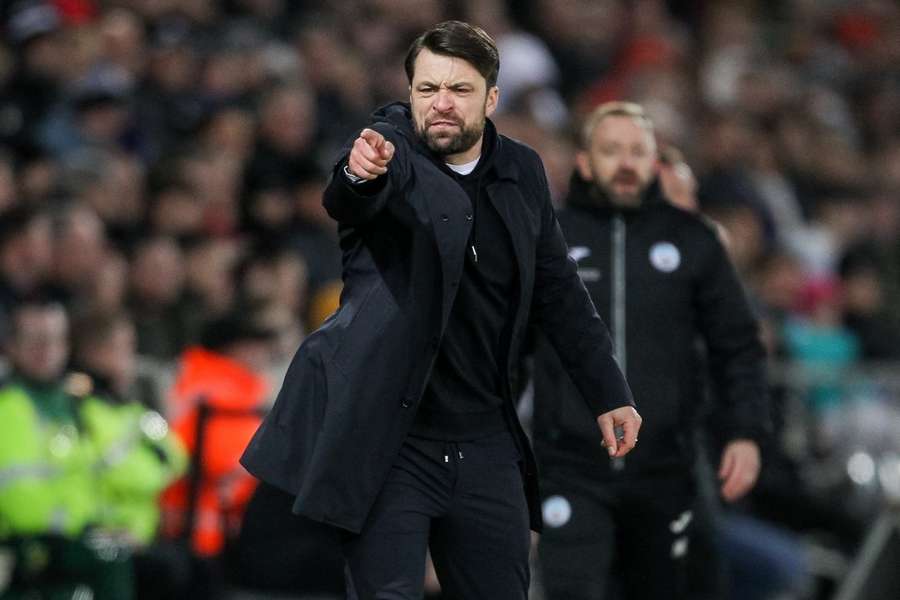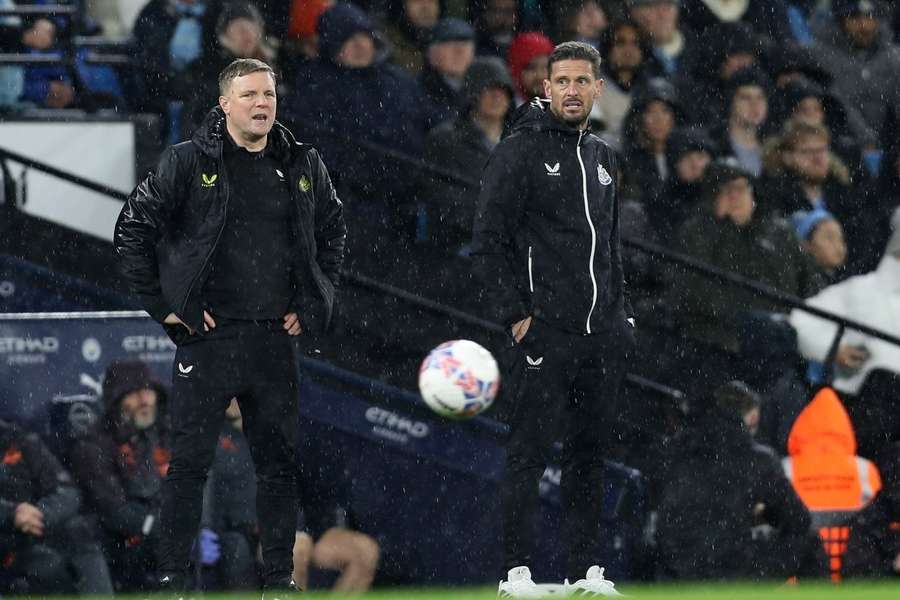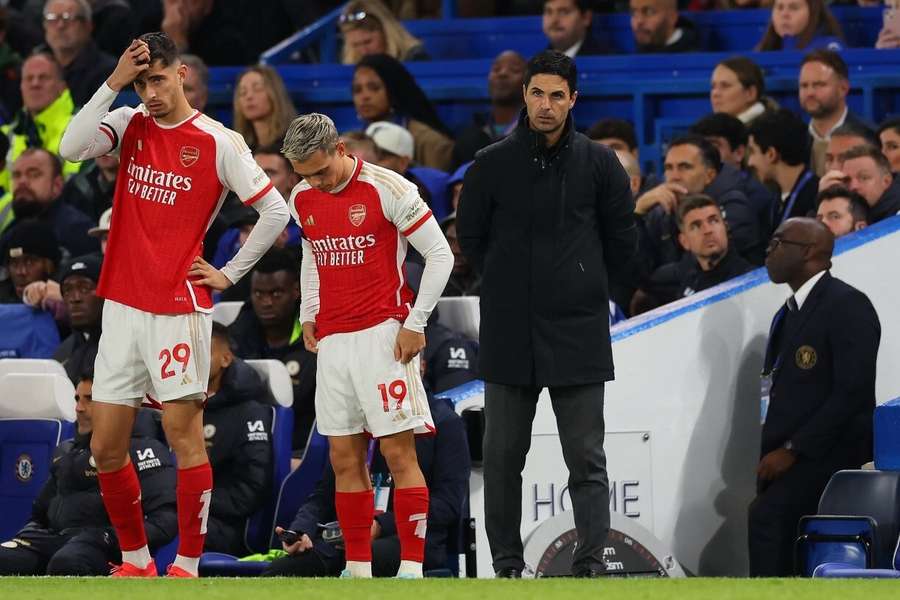Australian report highlights need for professional women's football league to prevent player drain
The annual report by the PFA for the 12-team league suggests that hosting the 2026 Women's Asian Cup provides a unique opportunity to transition the ALW into a fully professional league starting from the 2026-27 season.
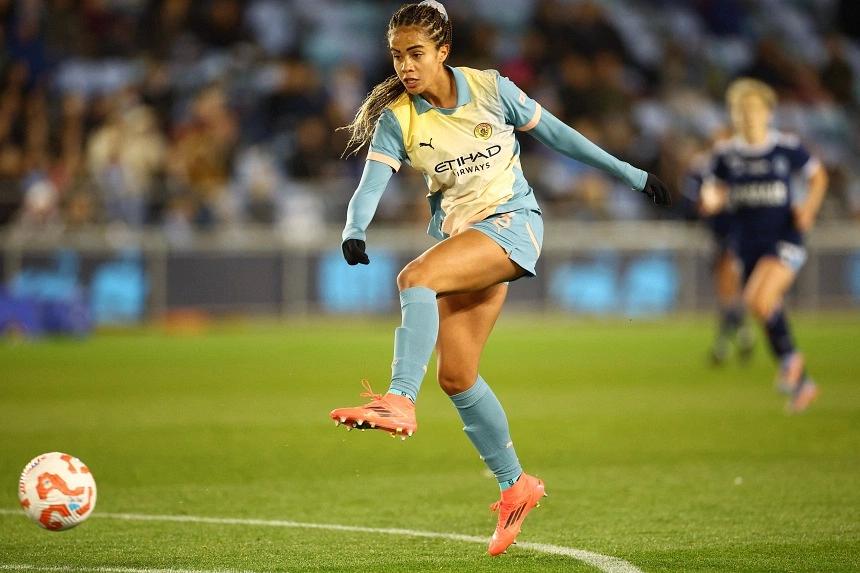
The report said the rapid growth of the professional women’s game in the US and Europe threatened the ALW’s ability to retain the sort of players who will become the next generation of national team players.
For the Matildas last major tournament, the Paris Olympics, their 18-player squad featured just four players plying their trade in Australia.
Australia’s overseas-based stars include Chelsea’s Sam Kerr, Lyon’s Ellie Carpenter, Manchester City’s Mary Fowler and Cortnee Vine of the North Carolina Courage.
“The ALW has already had its top-end talent siphoned off over the past five years, and these new developments risk seeing its middle hollowed out,” said the report, which was released on Oct 8.
“The ALW is growing, but superior playing opportunities are growing faster.”
Women’s football in Australia received a huge boost when the Matildas national team captivated the nation with their run to the semi-finals of the 2023 Women’s World Cup on home soil.
ALW attendances jumped 72 per cent on the back of that tournament but the league would always struggle to retain players while it was unable to provide them with a livelihood, the report said.
Singapore forward Danelle Tan recently joined A-League Women side Brisbane Roar.
In March, former Matilda and Professional Footballers Australia executive member Elise Kellond-Knight was quoted by the ABC as saying: “We can create a really great league here in Australia.
“It’s important that the girls understand where we’ve come from and how much hard work we’ve had to do. Things don’t get handed to female athletes... you have to stand up, you have to ask for it, you have to fight for it.”
Total player payments have reached a record A$8.4 million (S$7.4 million), but 62 per cent of ALW players still have another job outside football.
“In the player survey, 69 per cent of ALW players said they would consider leaving football early for some reason other than form or fitness, with low club salaries being by far the most-picked reason,” the report said.
The authors of the report accepted that many would view moving the ALW to fully professional status as prohibitively expensive.
“To those who see women’s football purely as a cost, accepting this recommendation will look unaffordable,” the report said.
“The data in the report shows that we can less afford not to. It is time for those who recognise this moment as an opportunity to invest in football’s biggest growth centre to step up, and for others to step aside.”
Adelaide United midfielder Dylan Holmes told the ABC: “We’re at a really pivotal moment in Australian women’s football where the league has the potential to really grow.
“We’ve seen that with the Women’s Super League (in England) and the National Women’s Soccer League (in the US), how they’ve gone about it in different ways, which I think has been really interesting (with) different models.
“That’s something we’ve tried to look at and figure out what could work for us here and how we could take advantage of some of those lessons through those leagues... The potential is huge. We just need to tap into it.”
In September, the WSL and Women’s Championship signed a multi-year title sponsorship deal with Barclays, worth more than £30 million (S$51.2 million) according to British media reports, marking their most lucrative commercial agreement to date.
The landmark renewal is the biggest deal in women’s football in Britain, with Barclays doubling their investment to strengthen their support of the women’s game.
In March, it was reported that WSL attendances were up 43 per cent on last season, with cumulative attendance for the WSL and the Women’s Championship passing one million for the 2023-24 season a month later.
Women’s football in North America is also in rude health.
Also earlier in September, with Angel City leading the way at US$250 million (S$325.6 million), the average value of a NWSL team is up 57 per cent from 2023 to a record US$104 million, Sportico reported.
The report put the 14 franchises’ collective worth at US$1.46 billion.
With average attendance increasing by 10 per cent this season following a 32 per cent growth in 2023, half the league in 2024 is averaging 10,000 fans per game.
RELATED STORIES

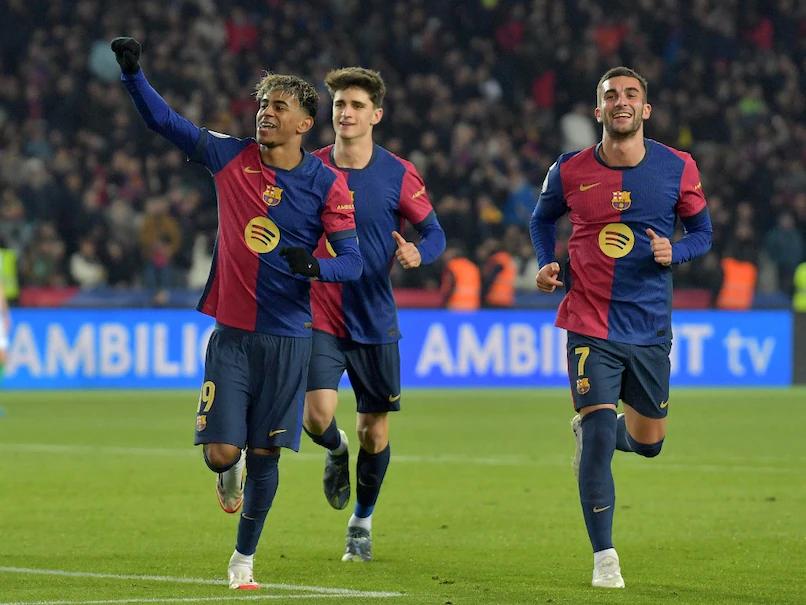

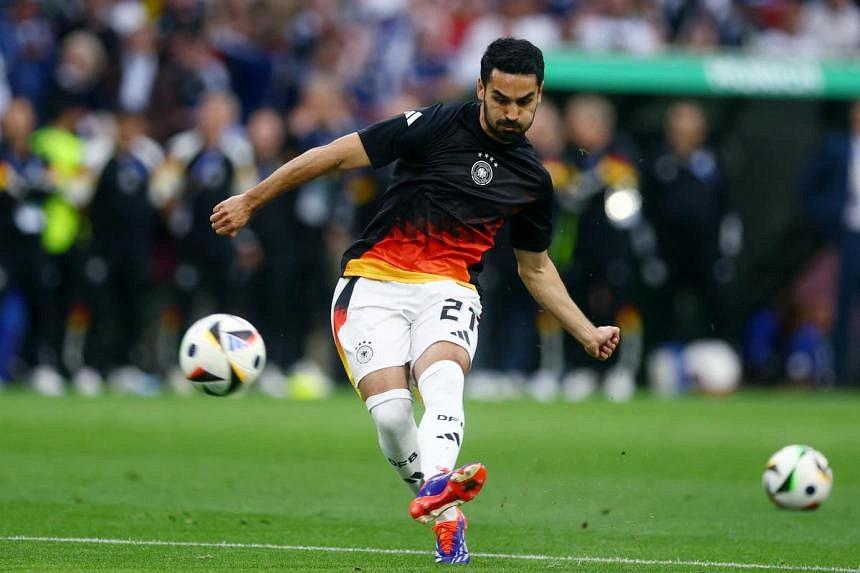


LATEST NEWS

